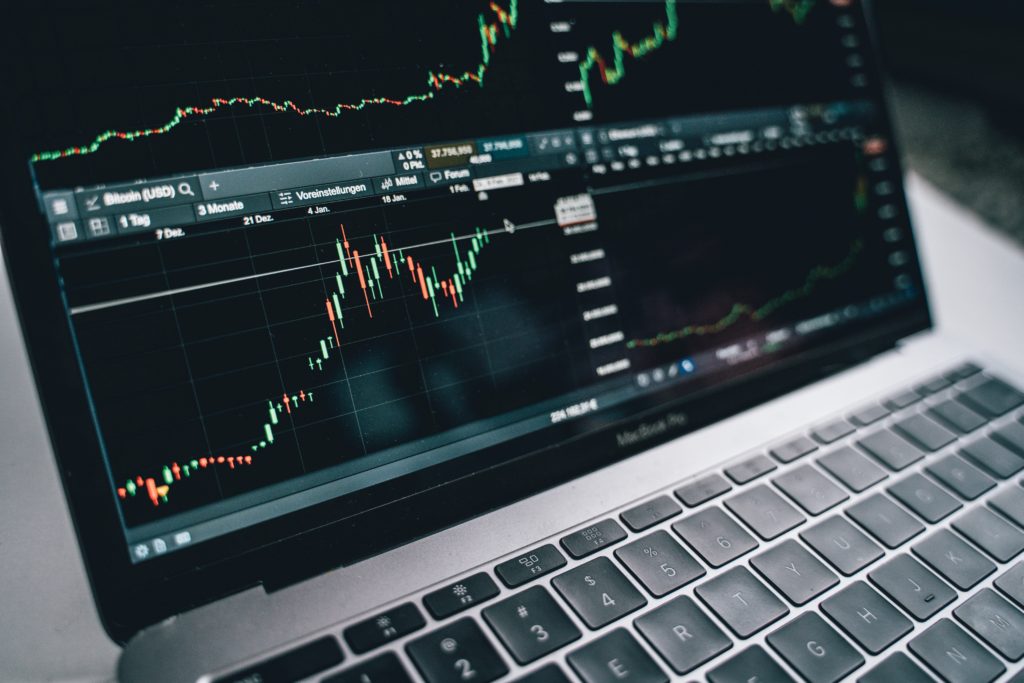One powerful tool that traders use to refine and optimize their strategies is backtesting. In this blog post, we’ll delve into the intricacies of backtesting with Interactive Brokers, exploring its benefits, the step-by-step process, and how you can leverage this platform to enhance your trading strategies.
Understanding Backtesting
Backtesting involves simulating a trading strategy using historical market data to evaluate its performance. This enables traders to analyze how a strategy would have performed in the past, providing valuable insights into its strengths and weaknesses. With the right platform, backtesting can be a game-changer for traders looking to refine their approaches and increase profitability.

The Power of Interactive Brokers for Backtesting
Interactive Brokers (IB) is renowned for its robust trading platform, and it also offers powerful tools for backtesting. The platform allows users to test strategies against historical data, providing a realistic simulation of market conditions. Here are some key features that make Interactive Brokers an excellent choice for backtesting:
1. Historical Data Quality: IB provides access to high-quality historical market data, essential for accurate backtesting. Reliable data is crucial for gaining insights into how a strategy would have performed in various market conditions.
2. Diverse Asset Classes: Whether you’re interested in stocks, options, futures, or forex, Interactive Brokers supports backtesting across a wide range of asset classes. This versatility is invaluable for traders with diverse portfolios.
3. Realistic Trading Conditions: Interactive Brokers replicates real trading conditions during backtesting, including slippage and transaction costs. This realistic simulation helps traders fine-tune their strategies for the actual challenges of live trading.
Step-by-Step Guide to Backtesting with Interactive Brokers
1: Data Collection
Start by gathering historical data for the assets you want to test your strategy on. Interactive Brokers provides access to extensive historical data through its platform.
2: Strategy Formulation
Define the trading strategy you want to test. This could involve technical indicators, moving averages, or other quantitative factors. Clearly outline your entry and exit criteria.
3: Implementation
Using Interactive Brokers’ backtesting tools, implement your strategy on historical data. Ensure that the settings, parameters, and any customizations accurately reflect your intended approach.
4: Analysis
Review the results of your backtest. Pay attention to performance metrics such as returns, drawdowns, and Sharpe ratio. This analysis will help you identify strengths and weaknesses in your strategy.

5: Iteration
Refine and optimize your strategy based on the insights gained from the backtesting process. This may involve tweaking parameters, adding filters, or adjusting risk management rules.
Conclusion
Backtesting with Interactive Brokers is a powerful method for traders to gain a deeper understanding of their strategies and improve overall performance. By leveraging the platform’s robust features, traders can simulate realistic market conditions and make informed decisions about their trading approaches. As you delve into the world of backtesting, remember that continuous refinement is key to staying ahead in the dynamic landscape of financial markets. Unlock the full potential of your trading strategies with Interactive Brokers’ comprehensive backtesting capabilities.
